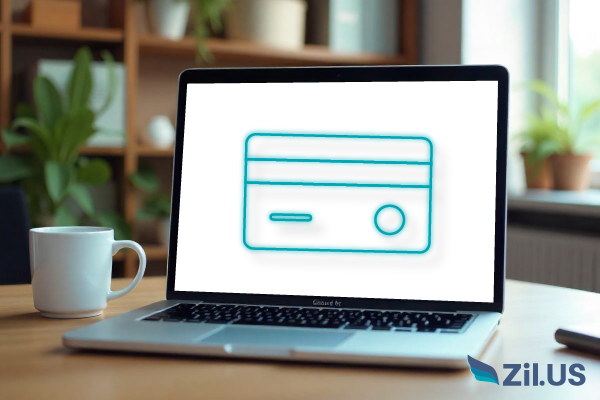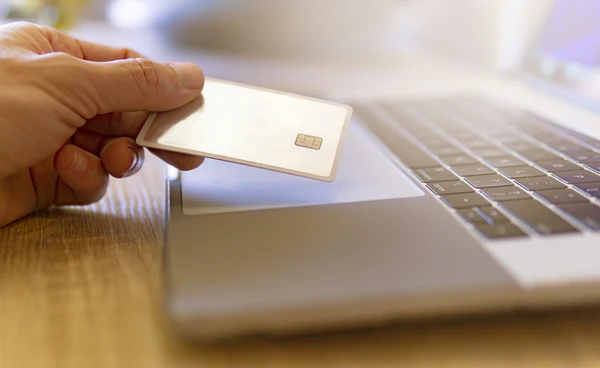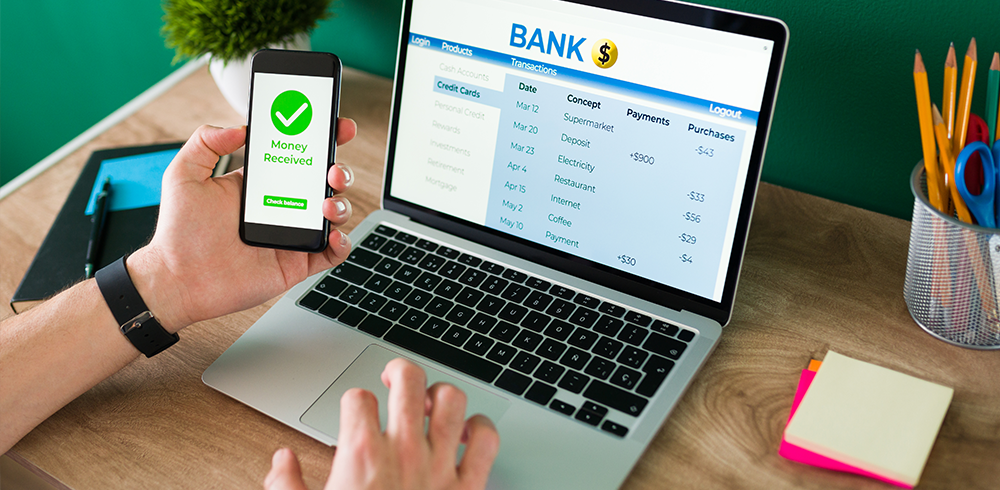In the era of real-time business, the ability to move money safely, instantly, and efficiently isn’t a luxury—it’s a necessity. Whether you’re running a tech startup, a nationwide retail chain, or a service-based company, the tools you use to manage transactions can either streamline your operation or slow you down. This is where customizable payment cards come into play.
Forget one-size-fits-all financial tools. Businesses now have the ability to customize cards that align with their brand identity, operational goals, and spending policies. This isn’t just a matter of aesthetics—it’s a powerful strategy to gain better financial control, automate workflows, and deliver branded experiences that customers and employees remember.
What Makes Customized Cards So Valuable?
The shift toward card customization is driven by three major needs: security, flexibility, and efficiency. Traditional banking tools offer very little control over how, where, or when funds are used. In contrast, customized cards allow businesses to:
- Issue cards instantly for employees, contractors, or vendors
- Set detailed spend rules by merchant, category, or time
- Track usage in real-time
- Embed brand visuals like logos, colors, and custom messages
Whether you’re managing expenses across departments or issuing promotional gift cards to boost customer loyalty, customized cards give you the kind of precision and personalization that older payment systems lack.
Tailored for Your Business Needs
Not every company operates the same way—why should their financial tools be uniform?
With advanced platforms, you can now customize cards for a range of use cases. For example:
- A logistics firm might issue virtual fuel cards for drivers that only work during designated hours.
- A marketing agency could create campaign-specific cards with strict spend limits to ensure projects stay on budget.
- A SaaS company may distribute employee expense cards that integrate directly into their accounting software.
This kind of flexibility leads to fewer errors, tighter budget control, and faster decision-making across the board.
Virtual vs. Physical: Choosing the Right Card Type
There are two primary formats for customizable cards: virtual and physical. Each has its strengths, and many businesses end up using a combination of both.
Virtual Cards
These are ideal for online transactions, remote teams, and instant issuance. Since they’re entirely digital, you can create and terminate them in seconds. Use cases include:
- Online subscriptions
- Digital advertising
- Vendor payments
- Employee allowances
Physical Cards
While slower to distribute, physical cards are perfect for in-store purchases, employee perks, loyalty programs, or as part of branded merchandise. These are especially popular in hospitality, retail, and education sectors.
With the right platform, both virtual and physical cards can be fully branded and customized to fit specific operational needs.
Why APIs Are a Game-Changer
For companies with more technical capacity, APIs take card customization to the next level. Application Programming Interfaces allow developers to embed financial services—like card creation and management—directly into their existing systems.
For example, if you run an HR tech platform, you can use a card API to auto-issue employee benefits cards during onboarding. If a worker leaves, the system automatically revokes access. It’s seamless, smart, and scalable.
Many businesses now choose to customize cards using APIs to automate recurring operations and build tailored user experiences. It’s like creating your own fintech stack without having to build everything from scratch.
Enhancing Brand Identity Through Card Design
First impressions matter—and customizable cards provide an unexpected opportunity to impress.
A card bearing your company logo and brand colors subtly reinforces trust and professionalism. For example, imagine a fitness brand offering branded prepaid gift cards for referrals. Not only does it drive new business, but the design of the card serves as a visual reminder of your company’s value.
Brand-aligned design isn’t just about looking good. It creates emotional resonance and helps people remember your business. And in a world where brand equity is everything, that’s a competitive advantage worth investing in.
Top Benefits of Customizing Business Cards
Let’s break down the biggest business wins when you choose to go the customizable route:
1. Tighter Budget Control
You can allocate exact amounts for projects, departments, or employees. Spend tracking is simplified and waste is minimized.
2. Improved Security
Each card comes with parameters like time limits, merchant restrictions, and location-based controls. You reduce fraud risk and increase peace of mind.
3. Increased Operational Speed
Need a new employee to make purchases right away? Issue a virtual card in seconds. No paperwork, no delays.
4. Stronger Brand Visibility
Every card becomes a physical or digital brand ambassador—whether you’re rewarding a customer or equipping your team.
5. Streamlined Accounting
With the ability to integrate into existing platforms, transaction data can flow directly into your accounting systems, making month-end reporting effortless.
Real-World Scenarios
E-commerce Brand with Influencers
An e-commerce company working with influencers issues custom virtual cards to pay commissions and reimburse promotional expenses. The influencers appreciate the speed and professionalism, and the brand maintains control over budgeted amounts.
Nonprofit Distributing Grants
A nonprofit organization sends branded prepaid cards to grant recipients. The cards are limited to approved merchant categories like groceries or school supplies, ensuring funds are used as intended.
Event Management Company
A firm managing large events issues cards for temporary staff, vendors, and performers. Custom controls help manage food, lodging, and transportation budgets without risk of overspending.
Getting Started with Customized Cards
Launching your own custom card program doesn’t have to be complex. Here’s a quick roadmap to help you start:
- Define Your Use Case
- Expense management?
- Customer rewards?
- Project-based spending?
- Choose the Right Platform Look for a provider that offers easy-to-use interfaces, real-time analytics, and integrations with your tech stack.
- Set Spend Rules Define how much can be spent, where, and by whom. You’ll gain clarity and minimize misuse.
- Design the Card Upload your logo, choose colors, and personalize the card message or packaging.
- Deploy and Monitor Issue cards on-demand, monitor usage in real-time, and adjust policies as needed.
Common Misconceptions About Card Customization
- “It’s only for big companies.”
Not true. Even small businesses and freelancers benefit from the control and branding custom cards offer. - “It’s expensive.”
Many platforms now offer scalable pricing, and the long-term ROI (in time savings and fraud prevention) easily outweighs the initial investment. - “It’s complicated.”
With the right provider, card customization is user-friendly—even for non-tech teams.
The Future is Flexible, Secure, and Personalized
As industries continue to digitize, companies that invest in adaptable tools will thrive. Customized cards represent more than just a payment solution—they’re a strategic asset that supports your financial workflows, strengthens your brand, and empowers your teams.
And with growing access to tools that make customization accessible (even for non-developers), there’s no reason not to explore how customizable cards can elevate your business operations.











